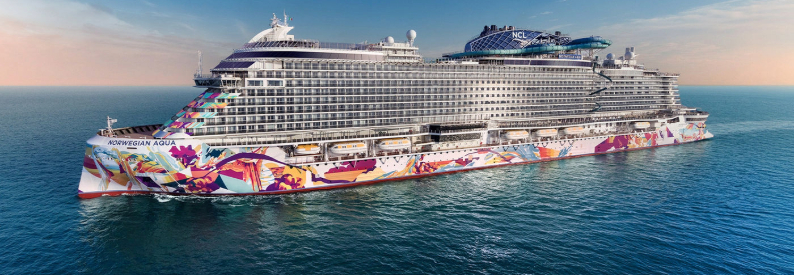Norwegian Misses Q1 Targets Amid Slowing Vacation Demand

Norwegian Cruise Line reported first-quarter profits and revenues that fell short of analysts’ estimates and warned that weakening consumer spending could dampen future bookings. The company’s shares plunged by 9 percent after the results were announced, reflecting investor concern over a broader pullback in discretionary travel amid economic uncertainty. Norwegian’s annual net yield forecast—the profit earned per passenger after expenses—is now expected to be lower than previously projected, driven by softer demand for longer-haul voyages.
CFO Mark Kempa noted that while demand for closer-to-home sailings remains robust, consumers are “getting a little bit tighter in terms of their willingness to take a longer haul vacation,” such as European cruises at this stage of the economic cycle. His comments mirror a four-month decline in consumer sentiment, which economists say is influencing Americans to defer big-ticket vacations. This pullback in travel appetite has rippled across the leisure sector, from cruise lines to airlines.
Major U.S. carriers have already cut their first-quarter profit forecasts in response to what they describe as slowing demand. In March, American Airlines trimmed its earnings forecast by 7 percent, while Delta lowered guidance by 11 percent. Southwest Airlines’ profit outlook fell by 3 percent and United Airlines’ by 8 percent. Industry leaders point to a mix of factors—including President Trump’s tariffs and recession fears—when explaining the shift from earlier optimism to more cautious planning.
Only a few months ago, many airlines expected 2025 to be their most profitable year ever. Delta, riding strong fourth-quarter results, projected record profits for its centennial year. But CEO Ed Bastian has since criticized the administration’s trade policies as counterproductive, citing “broad economic uncertainty around global trade” that has stalled growth. To protect margins, Delta plans to hold capacity flat in the second half of the year and tightly manage costs and capital expenditures.
Norwegian Cruise Line is also pursuing cost-savings measures, including supply-chain streamlining, to offset the impact of weaker bookings. Despite the warning, the cruise operator has maintained its full-year profit forecast of $2.05 per share, betting that loyal customers and targeted promotions will help sustain revenue. CFRA Research analyst Alex Fasciano observed that Norwegian’s itineraries skew toward the luxury segment, suggesting that even higher-income travelers are dialing back spending, a trend not yet seen across all leisure peers.
Meanwhile, rival Royal Caribbean has reported stronger results and raised its own profit outlook amid very healthy booking levels. The divergence between the two industry giants highlights how varying target markets and promotional strategies can influence resilience in a softening economy. Travel advisors note that Caribbean and Mediterranean itineraries still attract advance bookings, but multi-week world cruises and luxury expeditions face greater headwinds as consumers reconsider extended vacations.
As Norwegian Cruise Line and its competitors navigate this more cautious travel environment, all eyes will be on summer booking patterns and the evolution of consumer confidence. With macroeconomic indicators signaling potential headwinds, cruise operators must balance pricing strategies, onboard spending incentives and operational efficiencies to keep cabins full and margins intact. In this climate, the ability to adapt quickly to shifting customer preferences and external shocks will determine which lines weather the slowdown and which must recalibrate their growth plans.
Related News : https://airguide.info/?s=Norwegian
